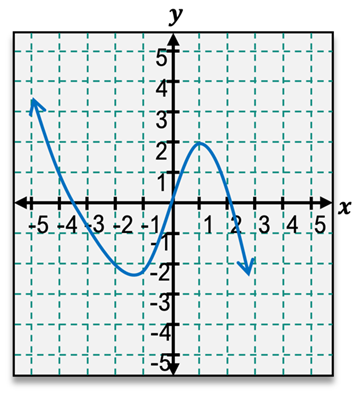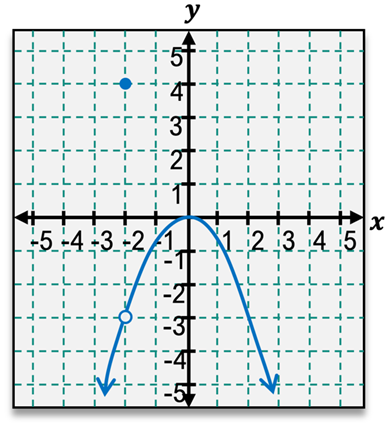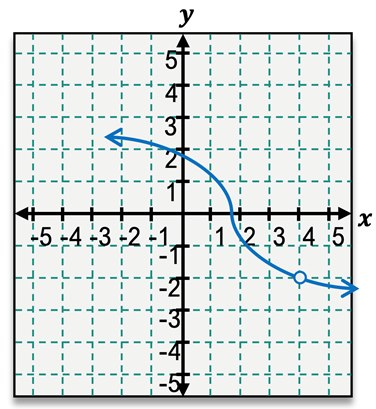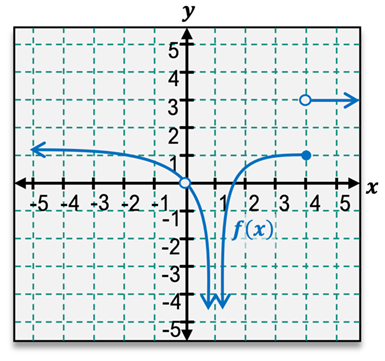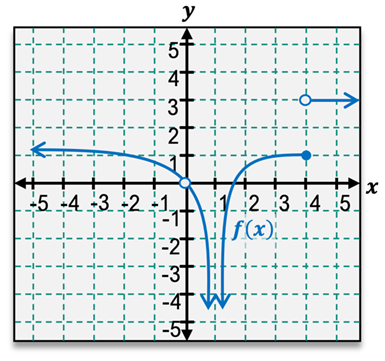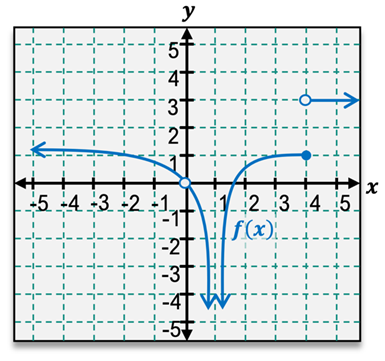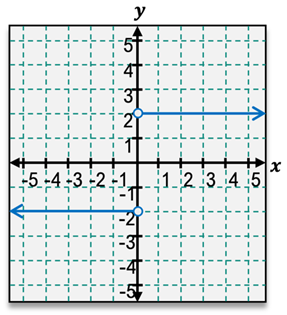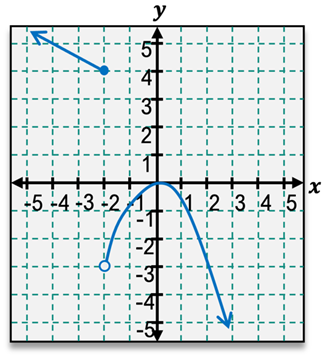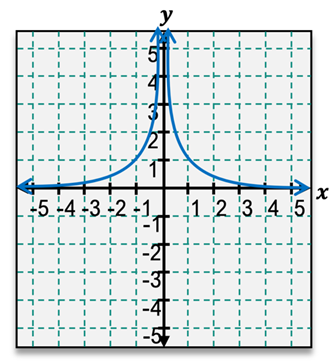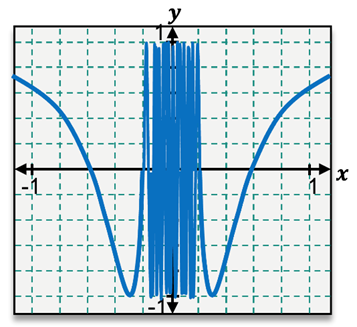Limits are fundamental concepts in calculus that help us understand the behavior of functions as they approach a specific value. When we talk about limits, we are interested in what a function is doing around a certain value of \( x \), rather than at that exact point. This can be visualized through graphs or analyzed using tables of values.
The notation for limits is typically expressed as \( \lim_{{x \to c}} f(x) \), which reads as "the limit of \( f(x) \) as \( x \) approaches \( c \)." For example, to find the limit of \( f(x) = x^2 \) as \( x \) approaches 2, we examine the values of \( f(x) \) as \( x \) gets very close to 2 from both the left and the right. As \( x \) approaches 2, \( f(x) \) approaches 4, indicating that \( \lim_{{x \to 2}} x^2 = 4 \).
To find limits, we can use numerical methods by substituting values close to \( c \). For instance, substituting values like 1.99 and 1.999 into \( f(x) = x^2 \) yields results that approach 4. Similarly, approaching from the right with values like 2.01 and 2.001 also leads to results that converge to 4. This consistency from both sides confirms the limit.
In another example, to find the limit of \( f(x) = x + 4 \) as \( x \) approaches 1, we can create a table of values. By evaluating \( f(x) \) at values like 0.99 and 0.999, we find that \( f(x) \) approaches 5. Checking values from the right, such as 1.01 and 1.001, also confirms that the limit is 5. Interestingly, in this case, plugging in \( x = 1 \) directly gives the same result, but this is not always the case.
It is crucial to understand that the limit may not equal the function value at \( c \). For example, if we analyze a function \( f(x) \) as \( x \) approaches 3 using a graph, we might find that the limit is 1, even if the function value at \( x = 3 \) is 4. This discrepancy highlights the importance of examining the behavior of the function around the point rather than at the point itself.
In summary, limits provide a way to analyze the behavior of functions as they approach specific values, using both graphical and numerical methods. Understanding this concept is essential for further studies in calculus and mathematical analysis.

